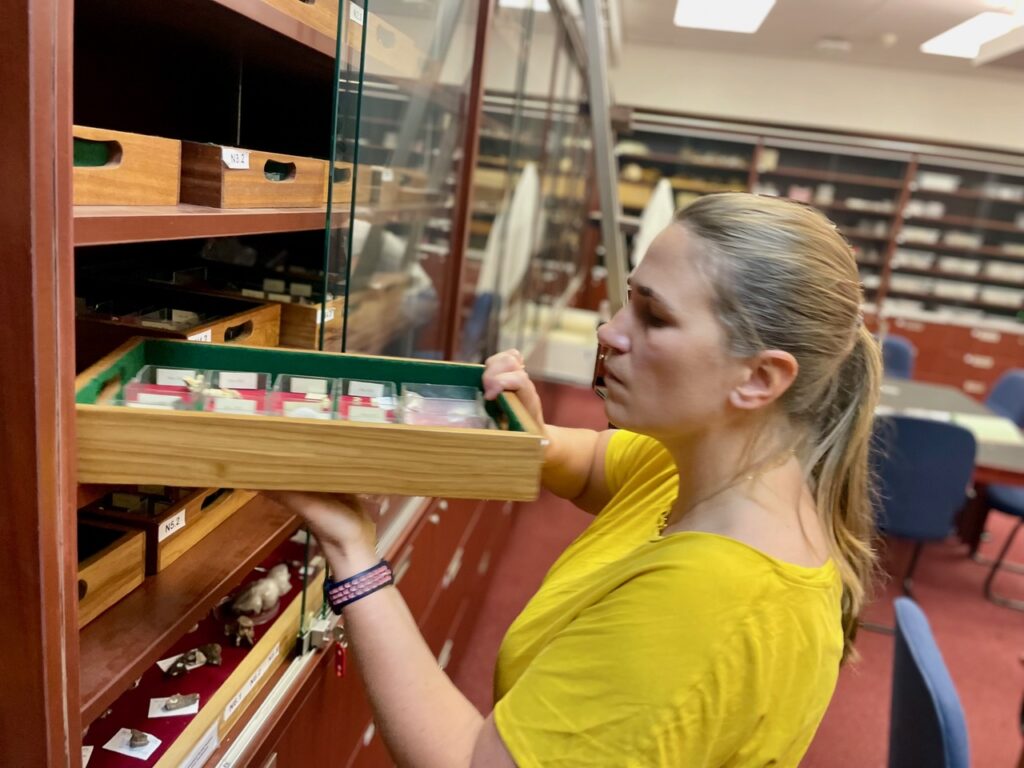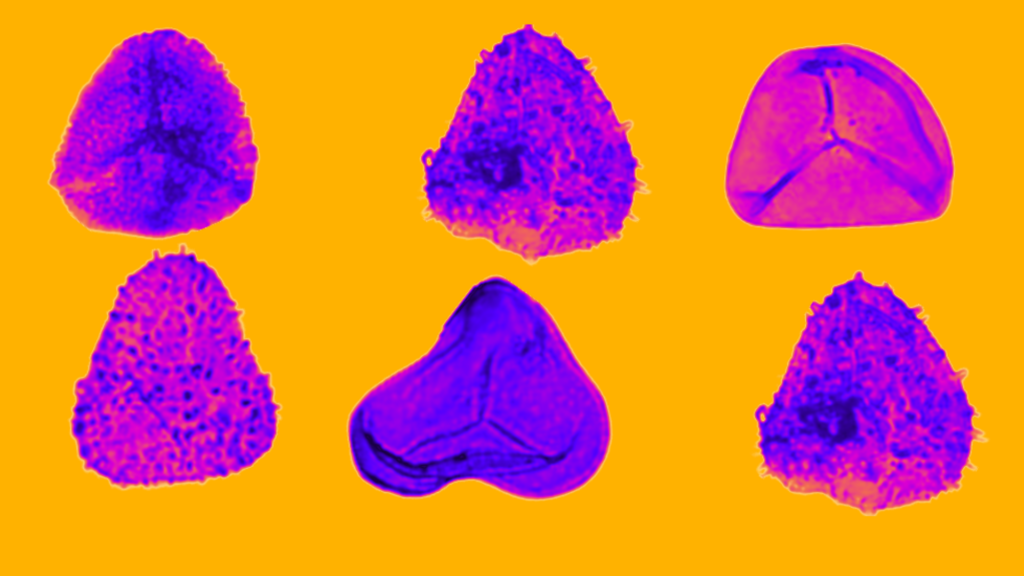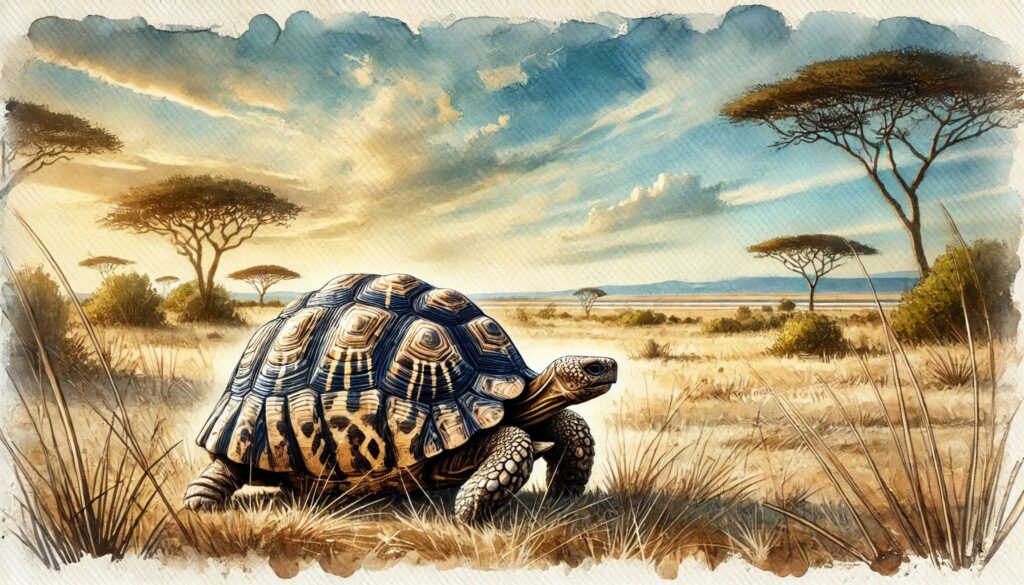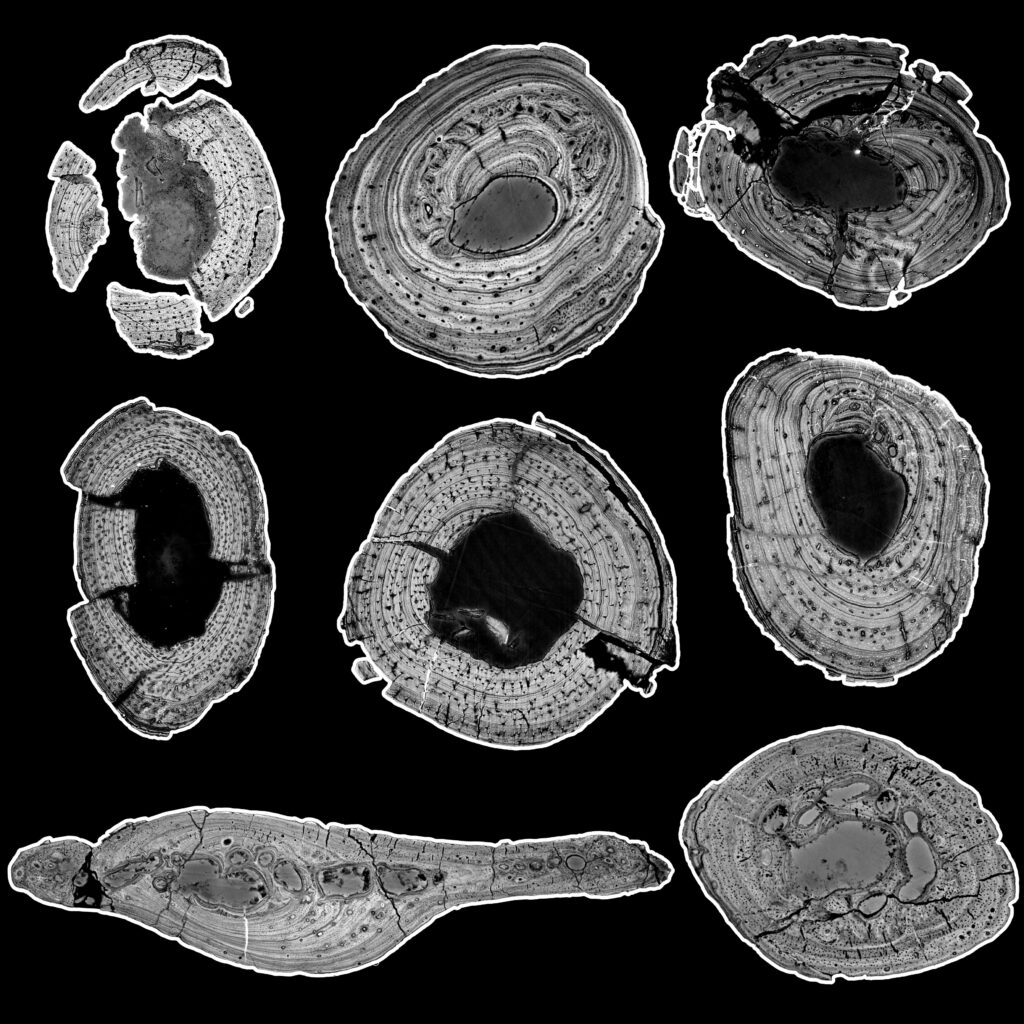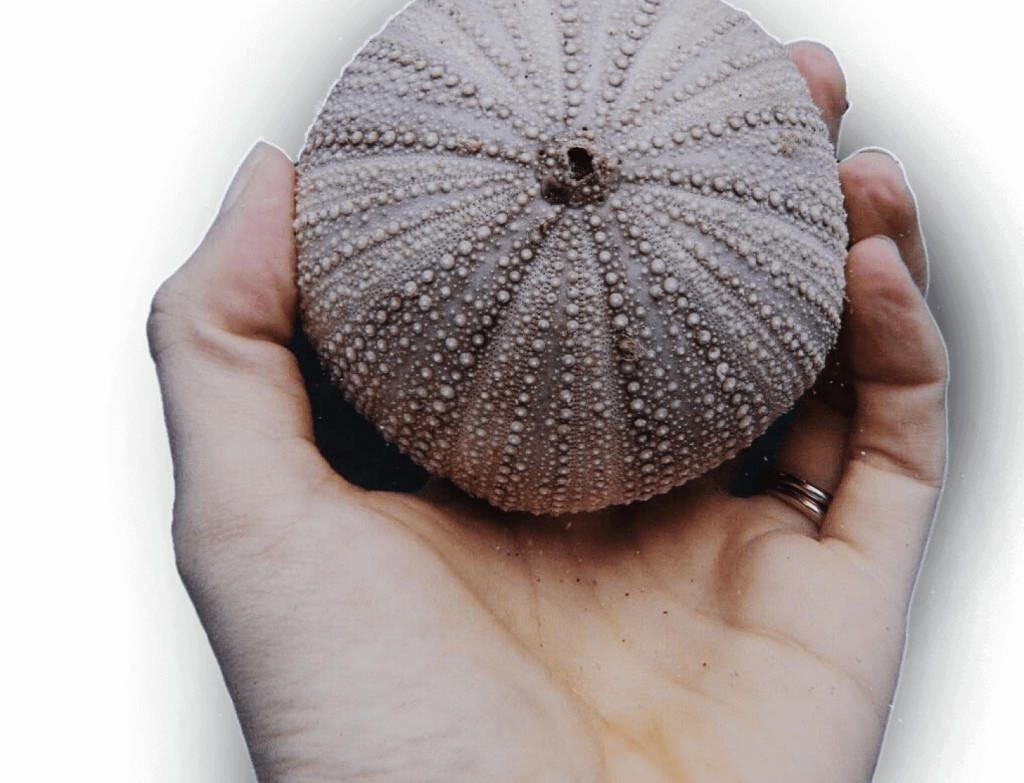In memory of Billy de Klerk
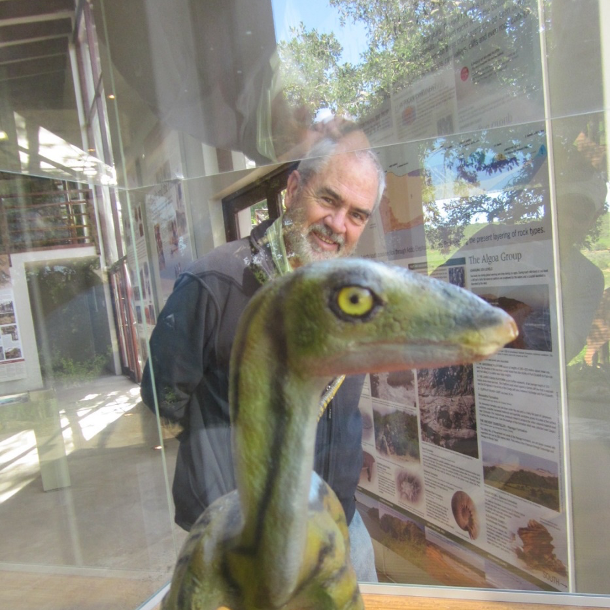
It is with great sadness that we announce the peaceful passing of Dr William J. de Klerk on Saturday, July 9th, after a short illness. Known to all simply as “Billy,” he was a relentlessly upbeat colleague with a buoyant personality and a deep love of Africa. A celebration of his life will be held Friday, July 15th, with details to follow.
Billy was born in Johannesburg on 2 September 1952 and matriculated from Potchefstroom Boys High where he built many boyhood friendships which became life-long. His huge circle of friends was an asset he greatly prized. He enrolled at Rhodes University for a BSc degree in Geology but this expanded into an MSc and ultimately a part-time PhD on the Bushveld under the supervision of Hugh Eales. While at Rhodes he met Vivian Cole – they were later married and remained totally devoted to each other. Billy initially worked as an exploration geologist for FalconBridge in Namibia, before embarking on a short career in the platinum industry in Swartklip and Rustenburg, ending up with Atomic Energy Corporation at Pelindaba where has was based out of Krugersdorp. At the time Viv had a part-time teaching position at the Krugersdorp Hoer Skool, but was lured into academia at Rhodes and Billy was appointed to the staff of the Albany Museum as Curator of Natural History Collections in 1986. At that time, computerisation of museum natural history collection catalogues was the subject of debate at every SAMA conference but little was being done. Billy took the bull by the horns and used the D-Base compatible and inexpensive database programme PC File to digitize the Albany Museum collections. As a result, he was asked to give courses to curators at different museums in the country and this set the stage for the well-organized state of the Karoo fossil stores nationwide.
Although trained as a geologist, at the Albany Museum Billy was able to indulge his life-long passion for fossils. Eventually, the position of Curator of the Earth Sciences Department was established at the Museum, and happily, Billy was appointed to the position which he enthusiastically occupied for three decades. In this capacity, he built the fossil collections of the museum by initially exploring the relatively unresearched Jurassic and Cretaceous deposits of the Sundays River and Kirkwood formations of the Algoa Basin. This was initially undertaken by himself but the programme expanded to include numerous local and international collaborators, many of whom continued to work with him well into his retirement. This team discovered several new dinosaur species and opened a new avenue of palaeontological research in South Africa. Because of his keen eye for spotting fossils, Billy later expanded his horizons to include the Karoo. From the Beaufort Group, he described a remarkable palaeosurface bearing the footprints of seven individuals of the large dicynodont Aulacephalodon walking across the floodplain. This provided new evidence on the morphology of the genus and also the social and herding behaviour of dicynodonts, the dominant herbivores of the Permian period. His collecting prowess included the dinosaur-bearing beds of the Stormberg and his discoveries of well-preserved dinosaur specimens have resulted in several important papers.
Billy lectured Palaeontology to undergraduate students at Rhodes University for more than two decades, overseeing many honours projects (including that of his son, Andrew, also nicknamed “Billy” by his university peers). He was renowned for his field trips, which were widely regarded as “edutainment”, and which visited key palaeoheritage sites such as the Kirkwood cliffs, Addo Elephant National Park, and of course the Karoo. He published more than 20 peer-reviewed scientific papers, which have been cited nearly 1000 times. Chief among these contributions was his work in the Kirkwood Formation, including the discovery of Nqwebasaurus thwazi, the first dinosaur to bear an isiXhosa name.
Billy made major contributions to the public understanding of Palaeontology through museums and outreach. He had superb manual preparation ability (evidenced by turned wooden bowls and pepper grinders gracing many of our dinner tables) and used it to make beautiful display items out of the specimens he collected. As the Earth Sciences Department at the Albany Museum grew under his headship he taught and transferred his preparation skill to newly appointed fossil preparators in his department. Billy’s revamped palaeontological displays at the Albany Museum, with artwork by Gerhard Marx, continue to draw visitors and school groups, and graphics from these displays have been widely used in local and international publications. He has been a pioneer in building life-sized reconstructions of South African prehistoric animals for the Albany Museum displays and these models have subsequently also been bought by other museums in South Africa..His exhibition on the Kirkwood Formation at Addo Elephant National Park is seen by 160,000 people per year. Billy was instrumental in setting up the country’s first sustainable fossil palaeotourism project in the Karoo, at Nieu Bethesda, and he remained involved in this venture until his death. He also served the disciplines of museology and science through active participation on several committees. For these contributions, Billy was awarded a lifetime membership by the Palaeontological Society of southern Africa in 2016, the highest award of that society.
We remember Billy for his balanced humanitarian view of life, his indomitable enthusiasm and his great sense of duty to the Palaeosciences and fellow humans. He energized any fossil expedition he joined and made visiting the Albany Museum a wonderful experience for many years. Outside of palaeontology, he was an expert wood-turner, a keen birder and conservationist, a veritable master sommelier of South African vintages, and a diehard fan of good old rock n’ roll. He was loved by children and young people as he always had an unexpected and exciting trick up his sleeve. He treasured his family, was a wonderful father and grandfather, and together he and Viv established a generous and welcoming home in Makanda. Billy is survived by his wife Viv, his children Jenny, Andrew, and Chris, and grandchildren William, Erin, Richard and Michael. He lived a very full life, he and Viv travelled extensively, both locally and internationally, where they always made time to call on their large circle of friends.

